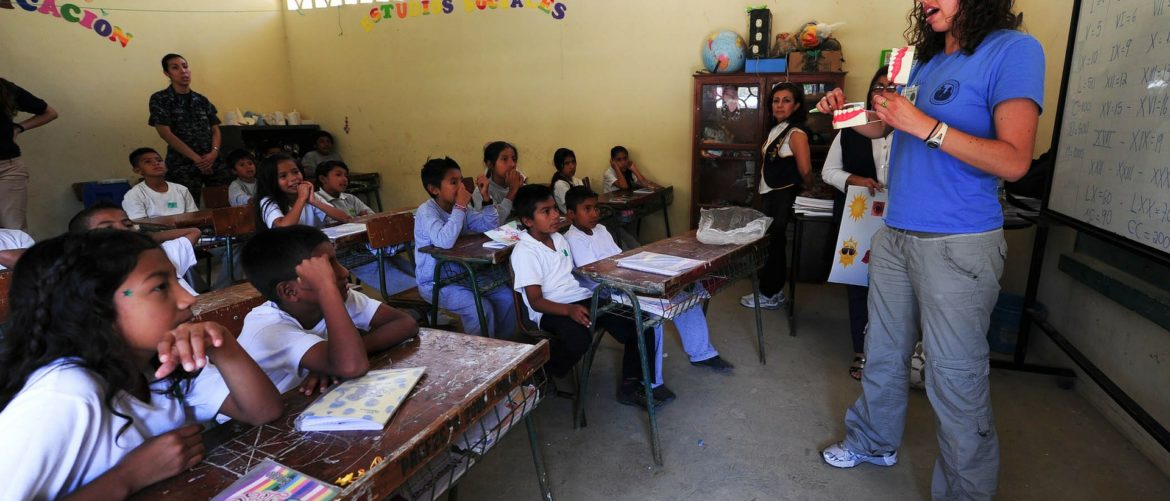Checking student understanding in the TEFL Classroom
Checking student understanding is important so that the students understand what we want from them. Naturally, we want to simply ask the question
Bad example:
“Do you understand?”
but the problem is that many students feel that they are to blame or are embarrassed if they don’t understand so they all nod their heads in affirmation or just look blankly at you. Some will even look you straight in the eye and say “yes” convincingly. Unfortunately, as soon as the exercise or task starts, they will either immediately switch into their native language and ask the other students or they will sit there quietly doing nothing. Either way, the teacher is losing control and productivity and will have to gain control back and waste time re-explaining the task and consequently will lose even more productivity.
The solution is to ask open questions rather than closed questions. So, rather than asking “Do you understand?” where the answer can only be Yes/No (therefore a closed question), we ask questions where they must form their own answers (open questions).
Good example:
Teacher So who is going to be speaking?
1st Student A is going to be speaking
Teacher And what are they going to be speaking about?
2nd Student Plans for the weekend
Teacher And how long will they speak for?
3rd Student, They will speak for 2 minutes.
This way, the students answering the question are confirming they understand but they are also giving the other students a second opportunity to hear the instructions broken down into bite-sized pieces of information.
Links:
TEFL Courses & TEFL Training Programmes
TEFL Jobs & English Teaching Positions

